- No products in the cart.
ACC powder (granules) for solution inside 100mg 3g sachets 20 pcs orange
$3.38
ACC powder (granules) for solution inside 100mg 3g sachets 20 pcs orange
Description
Composition
Active substance:
1 sachet contains: NAC – 100.0 / 200.0 mg ;.
Excipients:
Sucrose – 2829.5 / 2717.0 mg; ascorbic acid – 12.5 / 25.0 mg; Saccharin – 8.0 / 8.0 mg; Orange flavoring – 50.0 / 50.0 mg.
Description:
Homogeneous granules of white color without agglomerates with orange scent.
Product form:
3 g sachet of granules in the composite material (aluminum foil / paper / polyethylene).
20 and 50 bags in a cardboard box, together with instructions for use.
Contraindications
Hypersensitivity to acetylcysteine or other components of the formulation; gastric ulcer and duodenal ulcer in the acute stage; hemoptysis, pulmonary hemorrhage; deficit sucrase / isomaltase, fructose intolerance, glucose-galactose deficiency; pregnancy; breastfeeding; Children under 2 years of age (for a given dosage form).
Precautions: gastric ulcer and duodenal ulcer history, hypertension, bronchial asthma, obstructive bronchitis, liver and / or kidney failure, histamine intolerance (avoid prolonged drug administration, as acetylcysteine affect the metabolism of histamine and may lead to the emergence of intolerance symptoms such as headache, vasomotor rhinitis, itching), varicose veins of the esophagus, adrenal disease.
Dosage
100 mg
Indications
Respiratory diseases, accompanied by the formation of a viscous sputum: acute and chronic bronchitis, obstructive bronchitis; tracheitis laryngotracheitis; pneumonia, lung abscess; bronchiectasis; bronchial asthma; chronic obstructive pulmonary disease (COPD); bronchiolitis, cystic fibrosis;
Acute and chronic sinusitis, inflammation of the middle ear (otitis media).
Interaction with other drugs
With simultaneous use of acetylcysteine and antitussives due to suppression of the cough reflex can occur stagnation sputum.
While the use of antibiotics for oral use (penicillins, tetracyclines, cephalosporins, etc.) Optionally reacting them with a thiol group acetylcysteine, which may lead to a decrease in their antibacterial activity. Therefore, the interval between doses of antibiotics and acetylcysteine must be at least 2 hours (except cefixime and loracarbef).
Simultaneous treatment with vazodilyatiruyuschimi means and nitroglycerin may lead to increased vasodilatory action.
Overdose
Acetylcysteine when taken in doses of 500 mg / kg / day does not cause signs and symptoms of an overdose.
If erroneous or intentional overdose observed phenomena such as diarrhea, vomiting, stomach pain, heartburn and nausea.
Treatment: symptomatic.
pharmachologic effect
Pharmacological group:
Mucolytic agent.
Pharmacodynamics:
Acetylcysteine is a derivative of the amino acid cysteine. Has a mucolytic effect, it facilitates expectoration due to the direct impact on the rheological properties of sputum. Action due to the ability to break disulfide bonds mucopolysaccharide chains and cause depolymerization mukoproteidov sputum, which reduces the viscosity of sputum. The drug remains active in the presence of purulent sputum.
Antiokcidantnoe exerts an action based on the ability of its reactive sulfhydryl groups (SH-groups) bind to oxidative radicals and thereby neutralize them.
In addition, acetylcysteine promotes the synthesis of glutathione, an important component of the antioxidative system and chemical detoxification. Antioxidant action acetylcysteine enhances the protection of cells from the damaging effects of free radical oxidation, characteristic of intense inflammatory reaction.
When prophylactic use acetylcysteine marked reduction in the frequency and severity of exacerbations of bacterial etiology in patients with chronic bronchitis and cystic fibrosis.
Pharmacokinetics:
Absorption high. It is rapidly metabolized in the liver to produce pharmacologically active metabolite – cysteine and diatsetiltsisteina, cystine and mixed disulfides. Oral bioavailability is 10% (because of the pronounced effect of “first pass” through the liver). The time to reach maximum concentration (Cmax) in plasma is 1-3 hours Connection plasma proteins -. 50%. Excreted mainly by the kidneys in the form of inactive metabolites (inorganic sulfates diatsetiltsistein). The half-life (T1 / 2) is about 1 hour, the liver leads to a lengthening of T1 / 2 to 8 hours. Penetrates the placental barrier. acetylcysteine on the ability of the data to penetrate the blood-brain barrier and is excreted in breast milk are not available.
Pregnancy and breast-feeding
Application data acetylcysteine during pregnancy and breastfeeding is limited, so the use of the drug during pregnancy is contraindicated.
If necessary, use during lactation should decide on its termination.
Conditions of supply of pharmacies
Without recipe.
side effects
According to the World Health Organization (WHO), undesirable effects are classified according to their rate of development as follows: very common (> 1/10), common (> 1/100,
special instructions
When treating patients with diabetes need to take into account that the drug contains sucrose. Note for patients with diabetes mellitus: 1 sachet ATSTS® 100 mg corresponds to 0.24 XE. 1 sachet ATSTS® 200 mg corresponds to 0.23 XE.
When working with the drug must be used glassware, avoiding contact with metals, rubber, oxygen, easily oxidizable substances.
In applying acetylcysteine rarely reported cases of severe allergic reactions such as Stevens-Johnson syndrome and toxic epidermal necrolysis (Lyell’s syndrome).
In the event of changes in the skin and mucous membranes should immediately consult a doctor, the drug should be discontinued.
It should not take the drug just before bedtime (it is recommended to take the drug to 18.00).
Information about the negative impact ATSTS® drug in recommended doses on the ability to drive and perform other activities that require concentration and speed of psychomotor reactions, no.
Storage conditions
At a temperature of not higher than 25 C.
Keep out of the reach of children.
Dosing and Administration
The granules should be dissolved in water, juice or cold tea and taken after meals. Additional enhances fluid intake mucolytic effect of the drug.
At brief colds duration of the course is 5-7 days. During long-term disease course of therapy is determined by the attending physician. In chronic bronchitis and cystic fibrosis drug should be taken over a long period of time to achieve a preventive effect against infections.
In the absence of other assignments it is recommended to adhere the following dosages:
Mucolytic therapy: adults and adolescents over 14 years: 2 bags ATSTS® 100 mg or 1 sachet ATSTS® 200 mg 2-3 times a day (400-600 mg per day); children 6 to 14 years 1 sachet 3 times a day, or 2 bags 2 times a day ATSTS® 100 mg (300-400 mg daily). children from 2 to 6: 1 sachet ATSTS® 100 mg sachet or 1/2 ATSTS® 200 mg 2-3 times a day (200-300 mg daily).
Cystic fibrosis: children over 6 years: 2 bags ATSTS® 100 mg or 1 sachet ATSTS® 200 mg 3 times daily (600 mg per day); children from 2 to 6: 1 sachet ATSTS® 100 mg or 1/2 sachet ATSTS® 200 mg 4 times daily (400 mg per day);
Patients weighing> 30 kg in the case of need may increase the dose up to 800 mg.
Information
Appearance may differ from that depicted in the picture. There are contraindications. You need to read the manual or consult with a specialist
Additional information
| Weight | 0.100 kg |
|---|---|
| Manufacturer | Sandoz UTS |


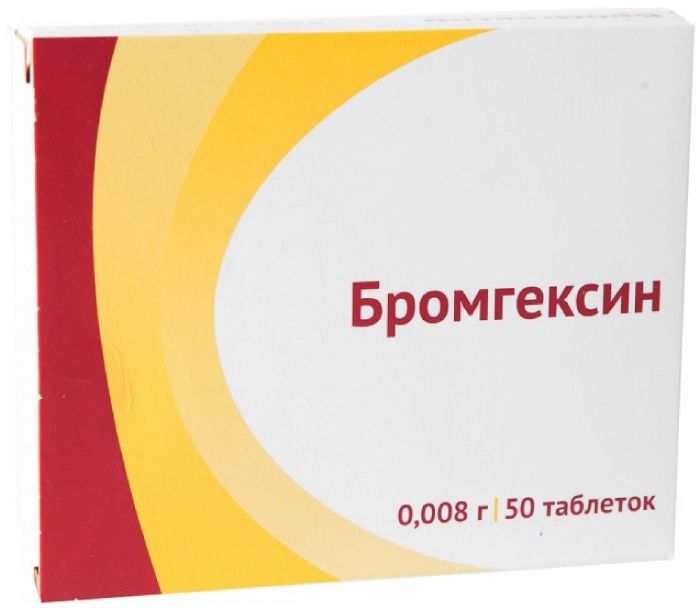

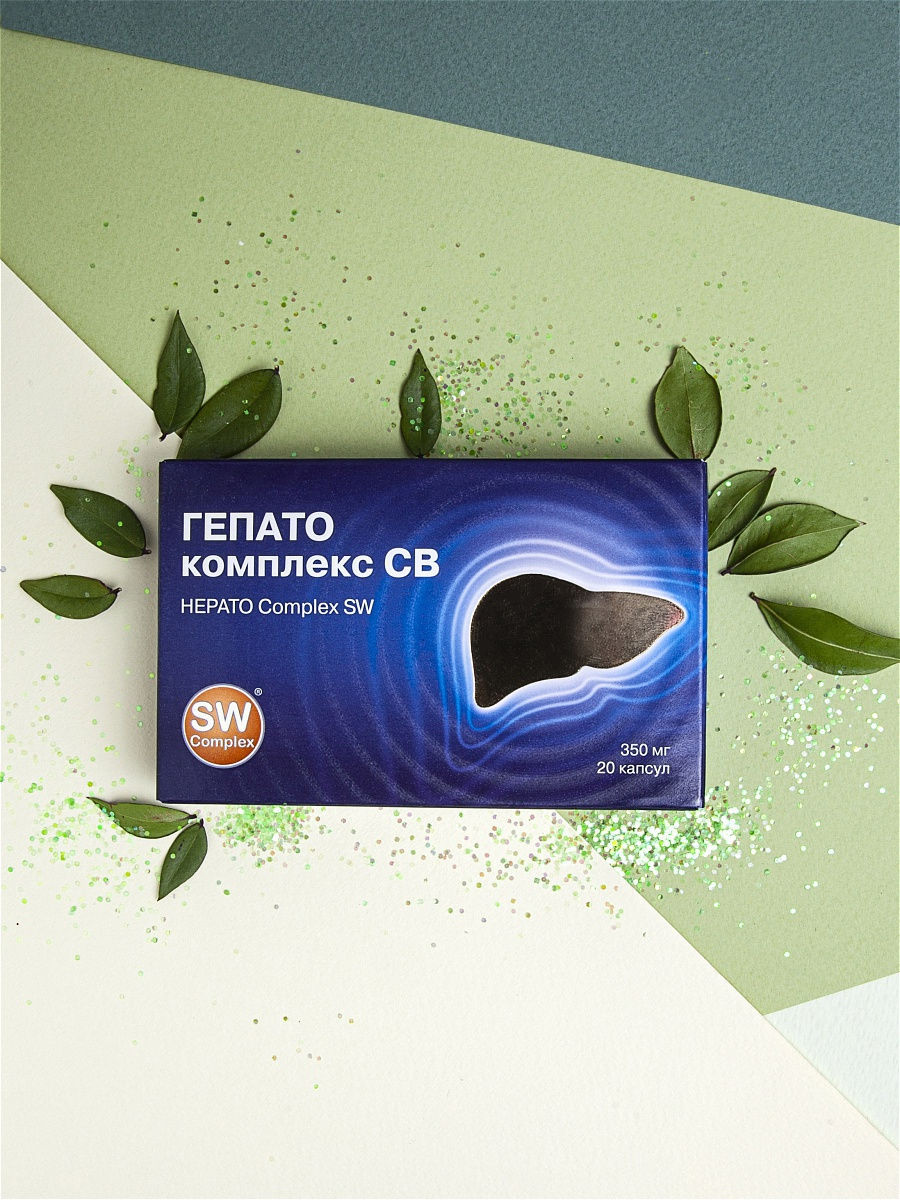
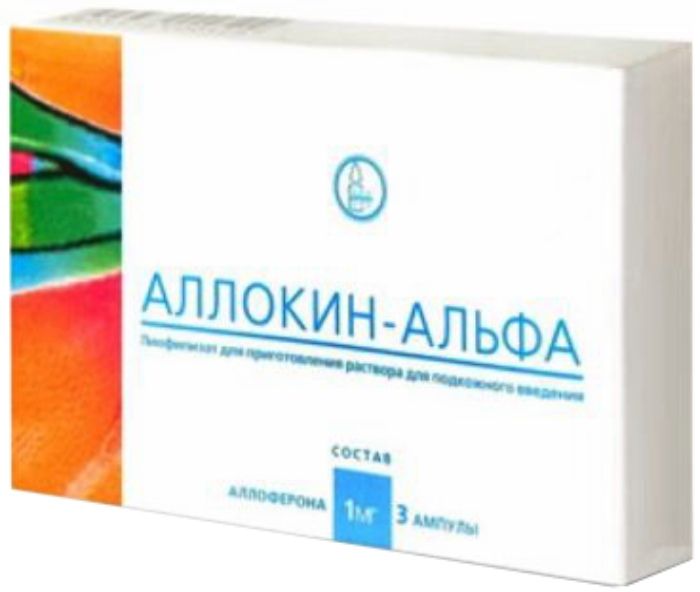
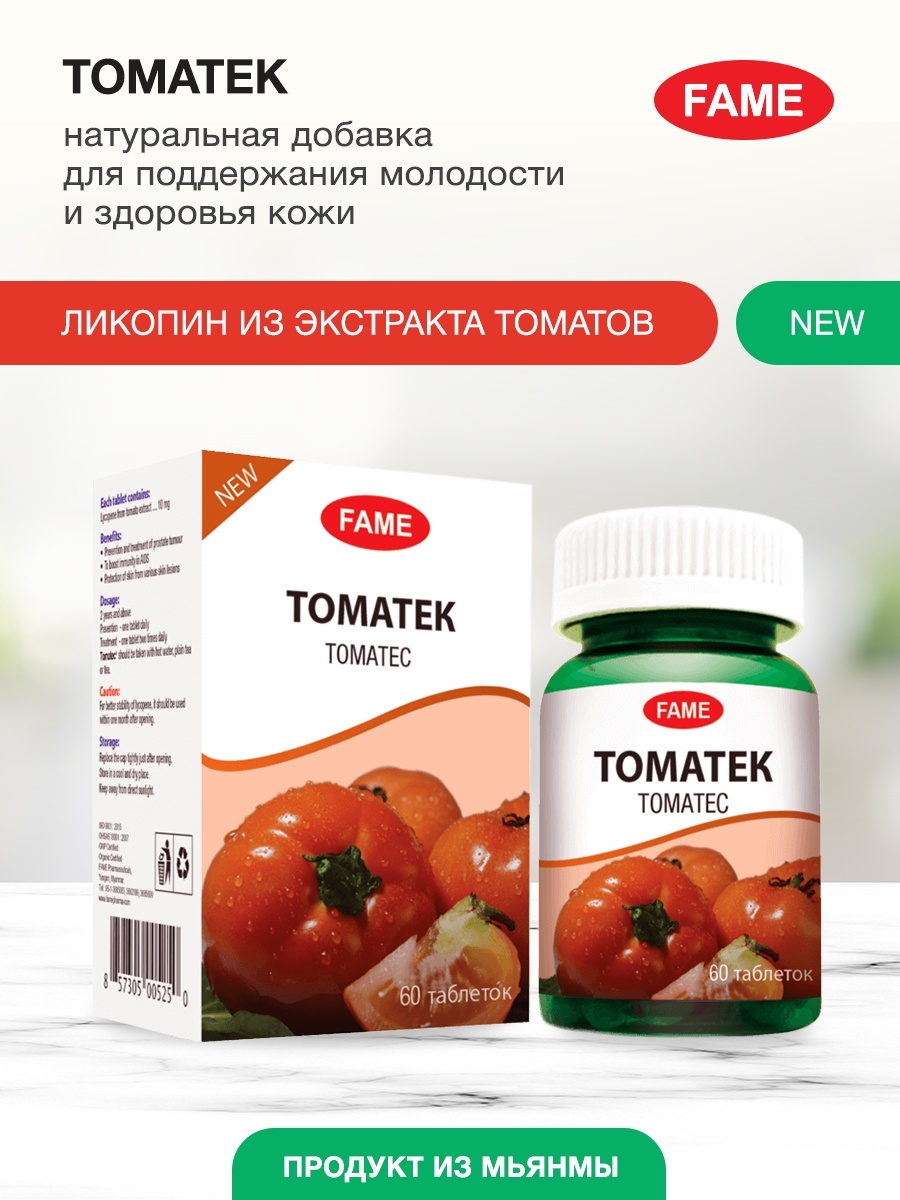
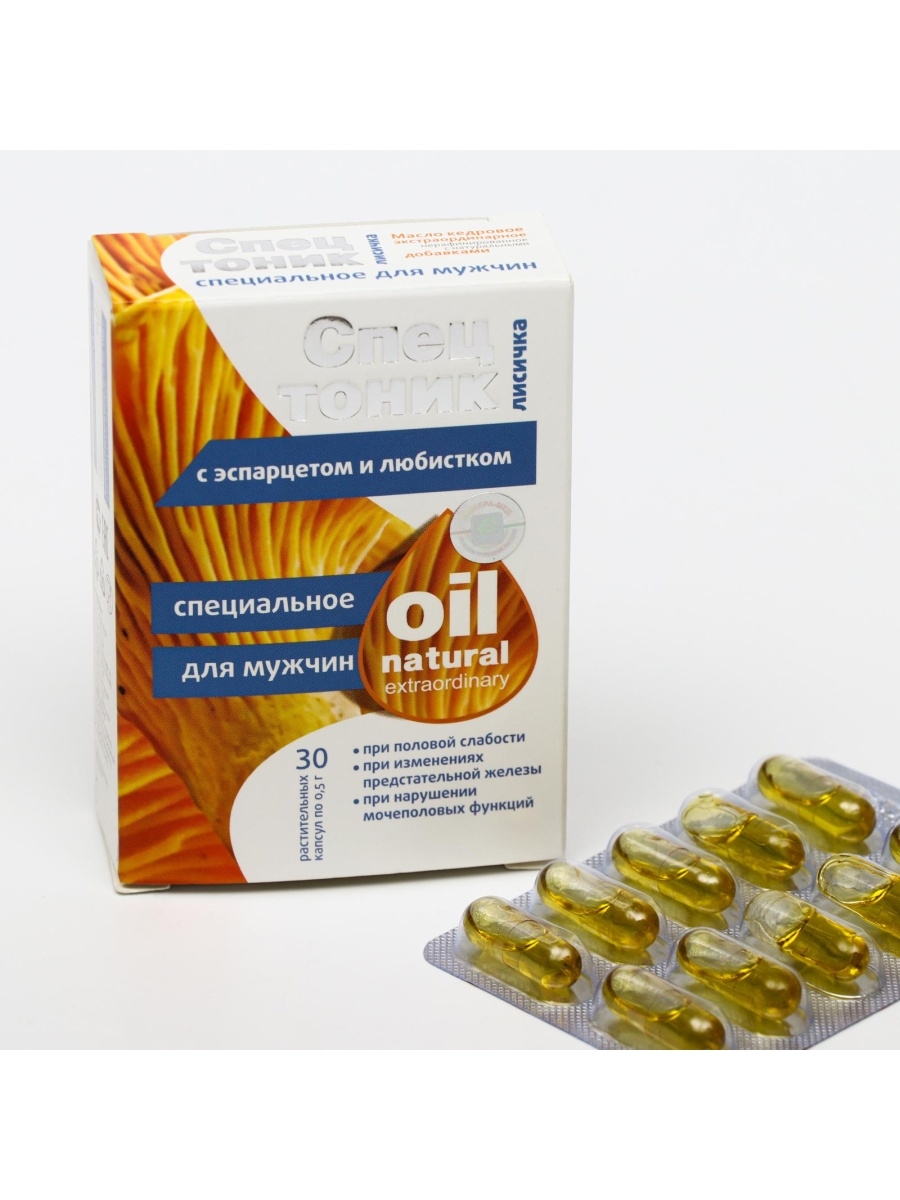





There are no reviews yet.